
Particularization in Your Acting
Contributed with hindsight by 2nd Year student Allison Spence Brown
Actors shouldn’t “Use it” in their particularization. But what does “Using It” Mean?
Let’s say you’re going through a tough time. Your mother is very ill and you are an emotional wreck, wracked with worry, sadness, guilt and panic. Now let’s pretend that while this huge life event is going on, you are assigned a scene in which the script says your character “bursts into tears”. “Oh boy,” you think, “I am so unhinged and emotional in my personal life right now — I should use this as a means to get to waterworks-land. What a gift!”
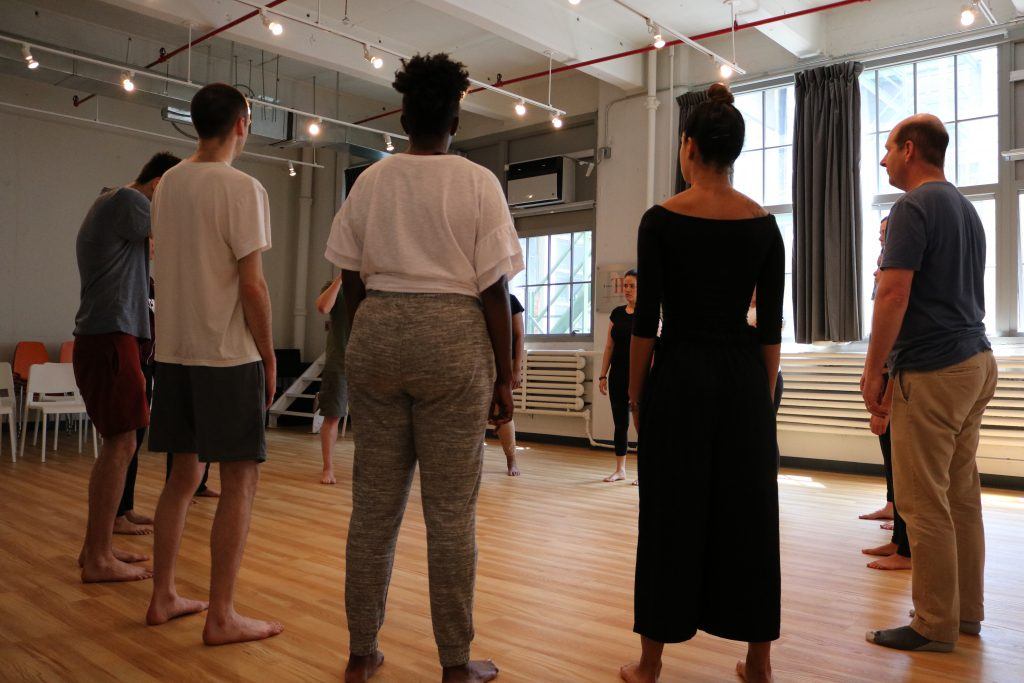
It’s a common sentiment: if you have a heightened emotional situation currently happening in your life, you should “use it”. I’ve been encouraged to do this by fellow actors, non-actors, acting teachers…strangers… It’s taken me nearly a decade of working and training to realize how detrimental this notion is for my work.
Recently, upon rereading Sanford Meisner’s book On Acting, I found myself particularly interested in Chapter Nine: The Magic As If: Particularization. More so than ever before, I found myself connected to one of his students, Beth, as she describes her struggle with emotional preparation:
“…when I sit at home I can find memories or fantasies that arouse certain emotions in me. But here, sometimes they work and sometimes they don’t. When I was trying to prepare … I felt that I was trying to force something. It wouldn’t come and I got nervous, and the more I tried to force it, the less it happened,” (Meisner & Longwell 1987 138).
I can so, so relate to this. In my experience, it’s this lack of trust in our emotional instrument which can lead us to feel the need to “use it”. In a way, it feels safe to be able to rely on raw pain and suffering to be there when we need it. It’s real. It’s palpable.
Looking back, my whole first year of training was about using it.
A bad break up? Used it. A sudden death in the family? Used it. A traumatic injury? Used it.
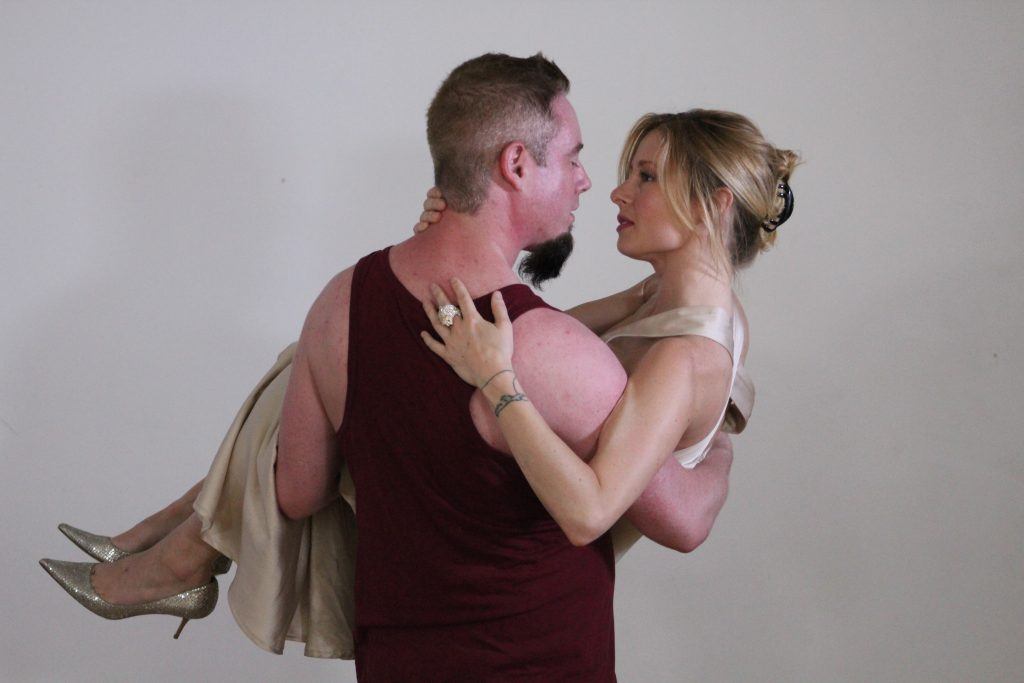
Long ago, I had the stage direction of “bursts into tears” on a dime — luckily (or so I thought at the time), I was going through substantial turmoil in my personal life. “Use it”. And I did. When that overwhelming emotion is running rampant in our brains, it can feel wasteful not to lean into it. After all, “The audience attaches the emotion to what [the actor] is doing … But [they] do not know where his emotion is coming from” (Meisner & Longwell 1987 140). When I used these real-time events for my work, I told myself I was making something positive out of something which was otherwise only torturous. But really, I was driving myself into a very real depression peppered with anxiety and panic.
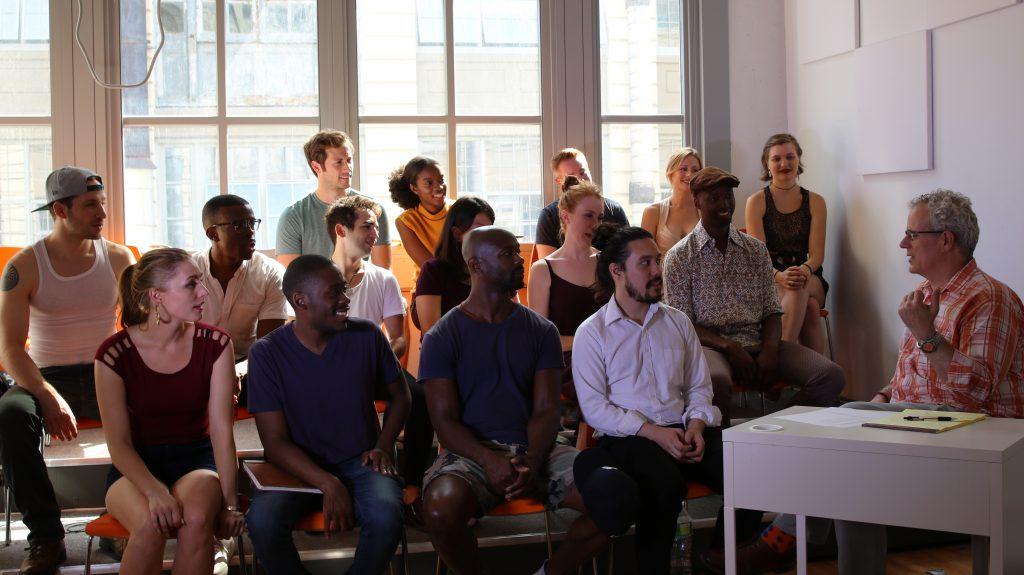
I went to class to play make believe, and instead spent hours marinating in my very real traumas, both in class and rehearsal.
That was a dark time for me; I chocked the somberness up to the painful s*** that was going on for me outside of the classroom. With distance, I can see the darkness was there, in part, because of the frequency of me twisting the knife. I was sad and anxious outside of class. I was the same version of sad and anxious inside of class. I felt like what I was doing was good acting — I was delivering the behavior the script called for. Sure, it “worked” — but at what cost?
This idea of “using it” is harmful for us not only as human beings, but for our craft as well.

Damaging ourselves for the sake of our work can seem appealing. But I’ve seen it backfire time and again — especially if that’s all you think you have to rely on. It can become muscle memory. Artistic masochism often has negative repercussions on our personal lives as we search for a way to numb the pain.I’ve written before about the whole “tortured artist” thing. Self-sabotage leads to chaos. The problem is… We can start to crave negative experiences because we associate them with “good work”.
Why do we think our pain makes us more dynamic artists?
Our job as actors is to leave personal BS at the door. It doesn’t matter what is happening to us outside of the artistic realm: when it’s time to act, we must roll up our sleeves and get to work. Using our real life traumas to achieve emotionality can seriously contaminate our work.
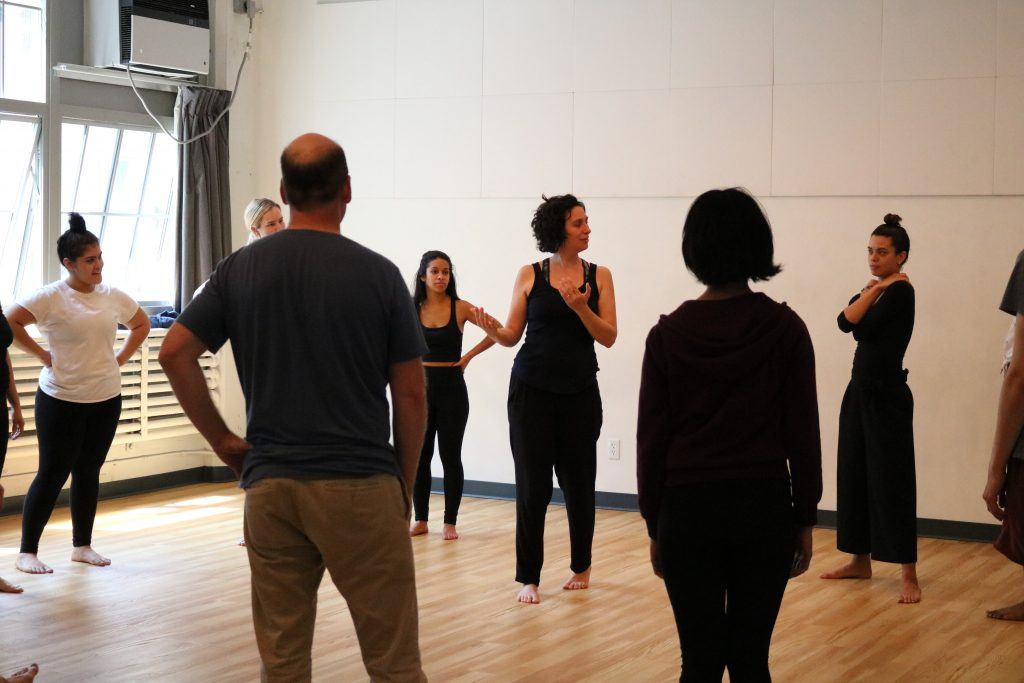
This is one of the (many) reasons I am obsessed with the Meisner Technique training: we are taught to cultivate our imaginations so that we can emotionally connect to any and all circumstances asked of us.
When we daydream, literally anything is possible.
Instead of using real life trauma, Meisner students are taught the concept of “as if…”. Sanford Meisner describes this as a “personal example chosen by your personal experience or your imagination which emotionally clarifies the cold material of the text,” (Meisner & Longwell 1987 139). Yet, I argue that when he says “your personal experience” he means your personal past experiences. Even Stanislavski encouraged his method acting students not to use traumatic memories for emotional preparation unless the memory was over 7 years old. We can’t be open and available if we’re constantly torturing ourselves.
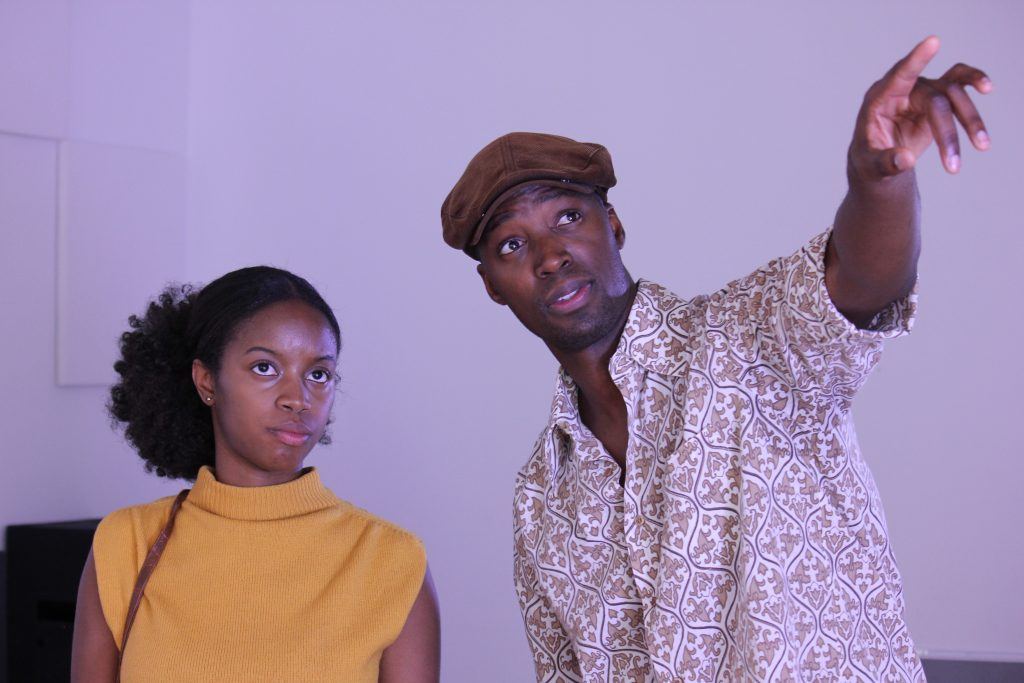
By leaning into “as if”, suddenly anything becomes actable.
It also ensures that we’re safe while onstage. Conversely, adopting the “use it” mentality pretty much sets us up to only be able to play roles which utilize emotions we are currently experiencing. It took me a long time to realize: That’s not acting. We have to be able to play every key on our emotional piano at any time.
To paraphrase one of my favorite Terry quotes:
“It’s not a stretch of the instrument for an actor to play Juliet when she is head-over-heels in love. The best actor will be able to embody Juliet even while her heart is breaking.”
Additionally, by “using it,” we run the risk of falling so deep into our own un-contained emotionality that we are no longer available during the work. We wind up doing a disservice to ourselves, our partners, our characters, and ultimately, the plays themselves. Like I said, I’ve been there. Several times. If I’m honest with myself, I can see that working out my real life traumas onstage became self-indulgent. The healthiest thing I’ve ever done as an artist has been getting in touch with my imagination. I encourage us all to save that real stuff for therapy.
I’ve been thinking about the idea of “using it” a lot lately. Most likely because I am currently dealing with a scary/difficult life change. The scene I am assigned has similar emotional elements to what has popped up in my personal life. Five years ago, the masochism of it all would’ve seemed appealing. I would’ve thought “use it”… But not this time. The day things began to “implode”, I shot Terry a short text before class with a vague explanation:
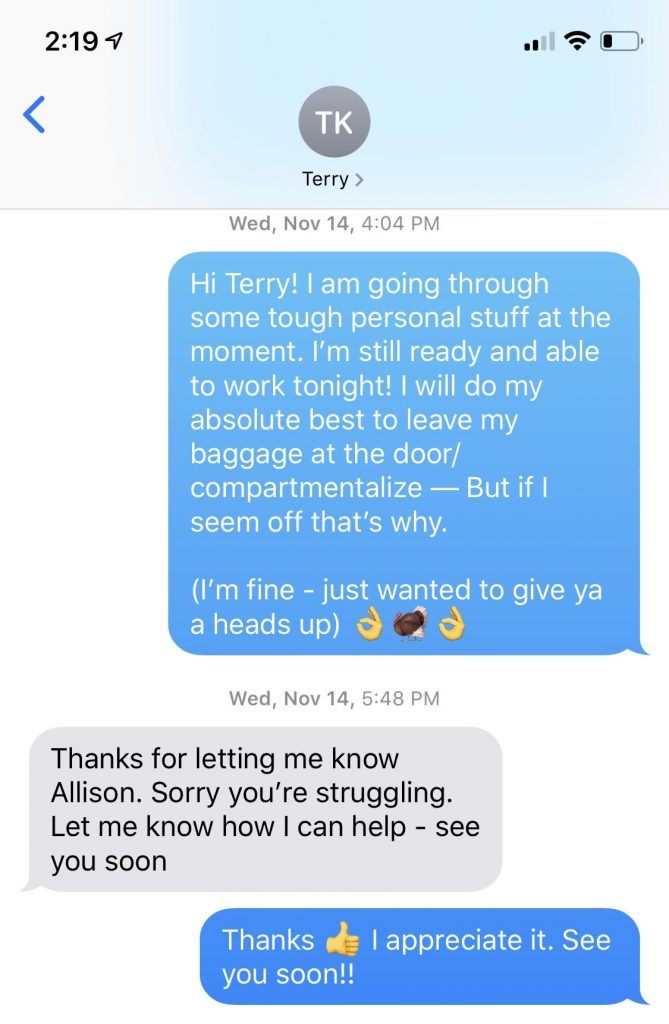
My work that night wasn’t a total train-wreck, but it was definitely contained. I consciously chose to compartmentalize, purposefully holding back instead of leaning into the very real pain that would still be waiting for me post-class. Instead of feeling guilt, or worrying about being a “bad student”, I chose to look at it as a much needed self-care moment. My sanity and emotional wellbeing are important, not only in life, but also for the overall caliber of my work.
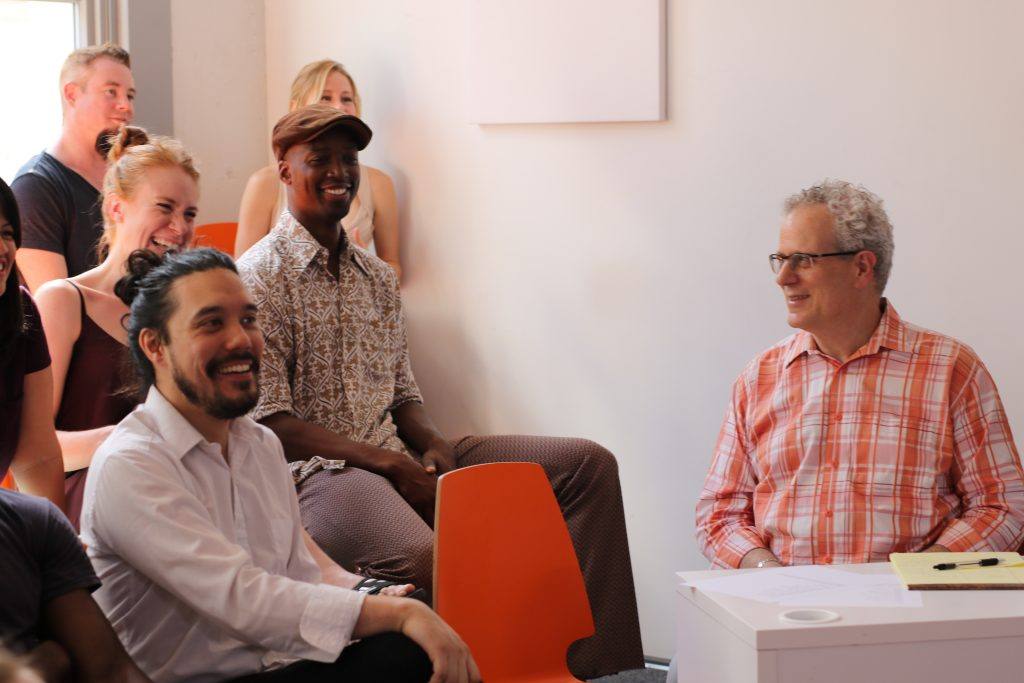
And luckily, when you are working with someone like Terry – who cares deeply about his students on a personal level – he understands. (Meisner, Sanford, and Longwell, Dennis. On Acting. Vintage Books, 1987.)